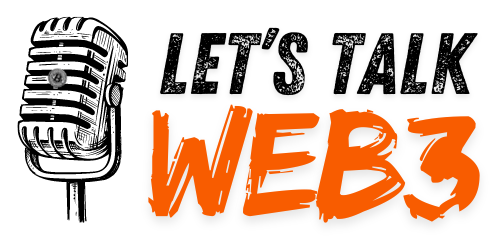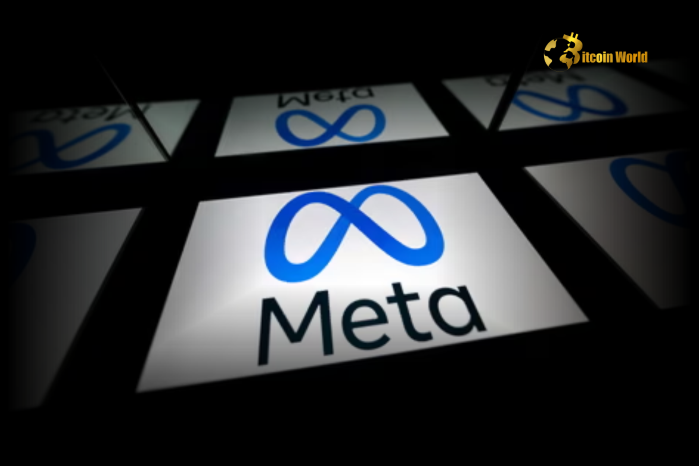Snapdeal’s Acquisition of Freecharge (2015)
Snapdeal’s $400 million purchase of Freecharge in 2015 was part of an ambitious strategy to carve out a top position in India’s competitive e-commerce landscape. At the time, Snapdeal was India’s second-largest e-commerce platform, but it aimed to overtake rivals Flipkart and Amazon India. Freecharge, a popular mobile recharge and digital wallet platform, seemed the ideal partner to facilitate Snapdeal’s entry into the digital payments arena, where e-commerce and fintech synergies promised to drive growth.
However, this plan quickly unraveled. Snapdeal miscalculated the user demographics: while Freecharge attracted a younger crowd (ages 18-25) who were more digitally savvy, this audience largely lacked significant purchasing power. Snapdeal’s core user base, on the other hand, consisted of working professionals aged 25-35 who could afford higher spending. This mismatch led to minimal overlap in user engagement and prevented Snapdeal from capitalising on the cross-selling potential it envisioned.
To retain Freecharge’s users, Snapdeal poured substantial funds into marketing, cashback offers, and promotions, creating what became known internally as the “leaky bucket.” The company struggled with cash burn from Freecharge, especially as Snapdeal itself expanded into costly non-core ventures, including logistics and a mobile marketplace. By 2017, Snapdeal’s financial health had deteriorated, forcing it to sell Freecharge to Axis Bank for a mere $60 million—an 85% loss from the initial investment.
Lessons Learned: This acquisition underscores the importance of user demographic alignment in mergers and acquisitions. The failure also highlights the risks of rapid, unfocused diversification and the need for conservative cash management, especially in volatile markets. The collapse demonstrated that even industry giants can falter when they pursue acquisitions without thoroughly understanding target user compatibility and operational sustainability.
BYJU’s Acquisition of WhiteHat Jr (2020)

In 2020, BYJU’s acquired WhiteHat Jr, a burgeoning ed-tech platform focused on teaching coding to children, for $300 million. With WhiteHat Jr, BYJU’s hoped to expand into international markets, specifically the U.S., leveraging the rising interest in children’s coding education as a catalyst for growth. WhiteHat Jr’s popularity among Indian parents, driven largely by FOMO and aggressive advertising, made it seem like a lucrative addition to BYJU’s portfolio.
However, the acquisition soon turned problematic. WhiteHat Jr’s marketing tactics, including sensationalized advertisements with fictional characters like “Wolf Gupta,” quickly drew widespread criticism. Parents and regulatory bodies alike accused the company of exploiting parental anxieties to generate enrollment. The high customer acquisition costs and backlash impacted BYJU’s brand reputation and financials, forcing BYJU’s to pour additional resources into damage control.
Operationally, WhiteHat Jr’s one-on-one model became financially burdensome. Unlike scalable video-based courses, personalized coding lessons required an ever-increasing roster of instructors, leading to soaring costs and unscalable operations. By 2022, WhiteHat Jr was a significant source of losses for BYJU’s, contributing nearly 27% of the company’s deficit. The acquisition’s financial strain on BYJU’s led to major layoffs and ultimately the integration of WhiteHat Jr into BYJU’s broader operations by 2023.
Lessons Learned: This acquisition highlights the risk of acquiring companies during temporary market booms. WhiteHat Jr’s appeal grew in a pandemic-driven online learning environment, but as in-person classes resumed, demand waned. BYJU’s acquisition of WhiteHat Jr serves as a cautionary tale against over-reliance on short-lived trends and underscores the importance of scalable business models in high-cost acquisitions.
Zomato’s Acquisition of UrbanSpoon (2015)

Zomato’s $50 million acquisition of UrbanSpoon was an attempt to expand its restaurant discovery services globally. The deal granted Zomato access to a substantial number of listings in Western markets, including the U.S., Canada, and Australia. Zomato anticipated that this move would establish it as a global player and boost its monthly traffic from 35 million to 80 million visits.
However, the acquisition ran into obstacles almost immediately. First, the integration process faced high attrition rates among UrbanSpoon’s employees, and many key staff members left soon after the acquisition. Second, India’s food delivery market was undergoing a transformation, with Swiggy emerging as a strong competitor in food delivery—a service Zomato only introduced months after the acquisition. To compete, Zomato redirected resources to build out delivery infrastructure in India, which ultimately limited its ability to support international expansion. By the end of 2015, Zomato began scaling down its U.S. operations and later exited entirely from international markets.
Lessons Learned: Zomato’s experience underscores the risks of aggressive global expansion without adequately addressing competitive threats in home markets. The shift from restaurant discovery to food delivery requires significant logistical investment, and the timing of this pivot left Zomato vulnerable both at home and abroad. The acquisition demonstrated the need for companies to solidify their position in core markets before expanding internationally.
Ola’s Acquisition of Foodpanda India (2017)

In a bid to capture India’s booming food delivery market, ride-hailing giant Ola acquired Foodpanda India from Germany’s Delivery Hero in 2017. The acquisition aimed to build a synergy between Ola’s transportation services and food delivery, aligning it with rivals Uber and Zomato. However, things did not unfold as planned. Despite an aggressive initial investment of ₹400 crores to revive Foodpanda’s operations, Ola struggled to scale and integrate the brand effectively into its ecosystem.
One of the primary issues was intense competition from established players like Swiggy and Zomato, who had already optimised their delivery operations and customer loyalty. Foodpanda lagged in both market share and delivery reliability, while the sector saw escalating delivery costs and fierce price wars. By 2019, Ola had quietly pulled out from food delivery, pivoting to its cloud kitchen segment and ultimately laying off many Foodpanda employees. The acquisition left Ola with sunk costs, underscoring the challenges of scaling a non-core vertical in a highly competitive landscape.
Lessons Learned: Ola’s venture into food delivery through Foodpanda highlights the risks of entering saturated markets with established players. The failure demonstrates the importance of thoroughly evaluating competitive dynamics and resource allocation when venturing into new business verticals, especially when the acquisition doesn’t directly align with core offerings.
Quikr’s Acquisition of CommonFloor (2015)

In 2015, Quikr acquired CommonFloor, a leading real estate platform, for an estimated $200 million, marking one of India’s largest online real estate mergers. At the time, Quikr, a classifieds giant, sought to diversify its portfolio by entering the fast-growing real estate sector. However, the integration quickly turned rocky. Quikr struggled to align its core classifieds business model with the operations of CommonFloor, which had a niche but strong user base in property listings.
Challenges emerged as CommonFloor’s founders exited soon after the merger, taking with them critical industry expertise and leadership. Quikr also found it difficult to sustain CommonFloor’s dedicated user base, which sought more in-depth property services rather than general classified listings. By 2017, Quikr had merged CommonFloor into its own property vertical, effectively closing down the platform and absorbing it into QuikrHomes, which still struggled against dedicated real estate giants like MagicBricks and 99acres. This merger is often cited as an example of the risks associated with integrating specialised services into a more generalised platform.
Lessons Learned: The Quikr-CommonFloor deal underscores the complexities of merging a niche, service-specific brand with a generalised platform. It highlights the importance of understanding user expectations and the need for retaining key leadership and operational expertise to manage the transition effectively.





